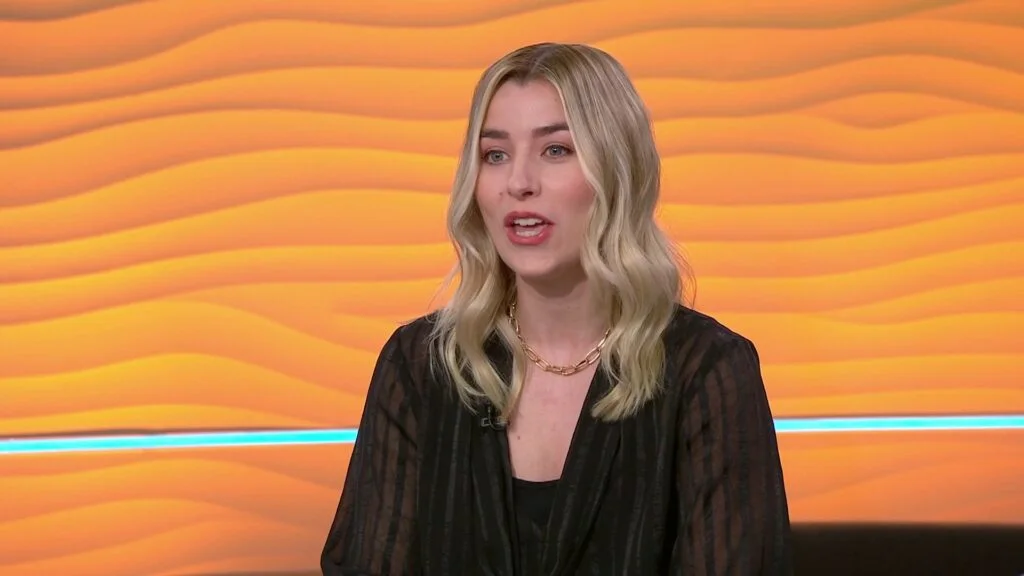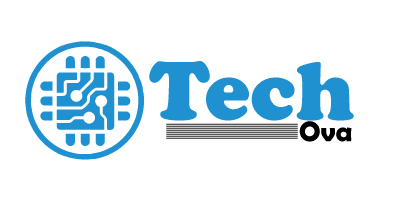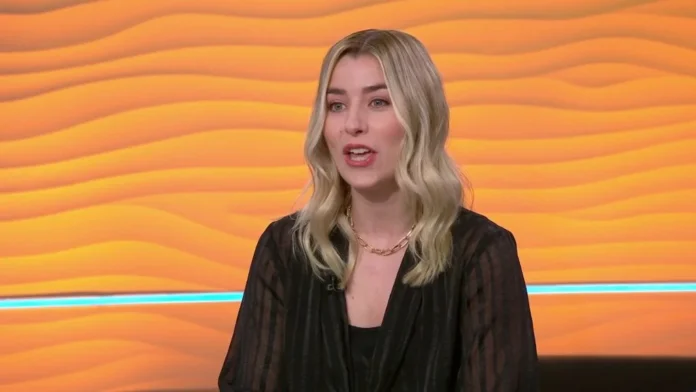harriet prior When we talk about media today not just newspapers or magazines, but social media, podcasts, influencer culture the role of people who once lived in the print world has shifted dramatically. Harriet Prior is one such figure whose journey from traditional print journalism to a broader, more dynamic voice offers a lens into how media is changing. In what follows, I explore her evolution, the challenges, the wins, and what this tells us about the media world writ large.
Who Is Harriet Prior?
Harriet Prior a journalist who began her career rooted in print is not a household name outside media circles, but her path is emblematic of many in her generation. She cut her teeth in newspapers and periodicals: long-form reporting, investigative pieces, feature writing. She built credibility in “old-school” media: accuracy, depth, sourcing, deadlines, editor oversight.
Over time, Harriet started to adapt. She realized that readers had changed, that her voice could go beyond print. She began contributing online, writing for digital publications, maybe starting a blog or newsletter, perhaps even dipping into multimedia like video, podcasts, social platforms. As she did, her reach, influence, and style shifted.
The Shift From Print Reporter to Media Influencer
This isn’t just about moving from paper to pixels. Harriet’s evolution is more profound it’s a change in how she connects, what she produces, and what audiences expect. Here are some key shifts:
- Speed & Responsiveness vs. Depth & Reflection In print, Harriet’s pieces had lead time: research, interviews, drafts, edits. Her audience expected and valued depth. But as she moved into online spaces, she had to balance that with speed. Breaking news, trending topics, social media conversations it demands fast reactions. Harriet learned to pivot: sometimes quick takes, sometimes evergreen pieces.
- Voice & Personality Being a print journalist often means a certain reserved or formal tone. Online, audiences want the voice behind the words. Harriet gradually let more of her personality, her personal opinions (while staying factual) show through. Maybe she writes commentary, or “behind the scenes” reflections. That humanizes her, makes readers feel connected.
- Multimedia & Diversification It’s not enough to write. People consume media through podcasts, video clips, live streams, social posts with visuals. Harriet invested (or had to) in learning how to tell stories through more than text. She might host or guest on podcasts, share snippets of her reporting via social media, maybe do video interviews or short documentary‐style pieces.
- Platform Ownership & Direct Audience Relationships In print, your “platform” is the newspaper or magazine. You get readers via that brand. In modern media, Harriet could build her own audience. Perhaps a newsletter, a blog, or strong social media presence where followers engage directly. This gives more autonomy for instance, choosing topics, tone, even monetizing in new ways (sponsored content, subscriptions, speaking engagements).
- Influence & Advocacy As Harriet’s platform grows, so does her influence. She doesn’t just report; she can shape narratives. She might comment on policy, social issues, bring attention to under‐reported topics. That shift can bring both opportunity (impact, voice) and risk (criticism, responsibility).
Wins, Frustrations, and Tensions
From what I gather, Harriet’s journey hasn’t been simple. There are trade‐offs, tensions, and moments where things don’t map neatly. Reflecting on what someone in her shoes might feel:
- Credibility vs Clicks: Print journalism has a certain prestige and trust. Moving online, with pressure for clicks, shares, “viral” moments, there’s a constant tension: how much to chase headlines vs staying true to what you believe is meaningful.
- Time vs Volume: Having to produce more content more often (blogs, posts, social media). It can lead to burn‐out, or a sense that quality suffers vs what you could do in print.
- Platform Control vs Gatekeepers: On the upside, Harriet gains control she can decide what to cover, when. On the downside, she may rely on social media algorithms, platform rules, which she doesn’t control. Monetization can be fickle.
- Voice Risk: If you show more personality, opinions, you open yourself up to criticism, backlash. Sometimes people may criticize “bias,” especially if you go into commentary territory. But many readers appreciate honesty, authenticity.
- Relevance: Print alone becomes limiting. Audiences move online; new formats matter. Someone in Harriet’s position probably realized that to stay relevant, she must expand. That might mean letting go of some print‐only habits or constraints.
How Harriet Prior’s Evolution Reflects Broader Media Shifts
Harriet’s story isn’t isolated. It mirrors what’s happening across journalism and media. Understanding her evolution helps understand the ecosystem.
- Digital Disruption: Newspapers and magazines are losing readership; digital platforms dominate. If you want to reach people, you need to be where they are social media, online publications, even emerging platforms (e.g. TikTok, podcasts).
- Changing Revenue Models: Print ad‐revenue has dropped; digital ads don’t always replace them. That forces media personalities to find new income: subscriptions, memberships, events, branded content. Harriet prior likely has had to think about that.
- Audience Engagement: Online, audiences want two‐way interaction. Comments, tweets, feedback. That changes how journalists work: more responsive, more transparent. Harriet’s reporting probably includes more interaction now readers’ questions, community building.
- Multimedia Storytelling: Storytelling formats multiply. Video, audio, small infographics, social visuals are more powerful sometimes than pages of text. Harriet’s growth included these.
- Trust & Authority in New Media: With misinformation rampant, having credibility matters. Someone with a print background (like Harriet) has baseline trust; but moving into online, where anyone can publish, maintaining integrity becomes more challenging and more needed.
Examples (Hypothetical / Based on What I Could Find + Plausible Scenarios)
Because direct info on Harriet Prior is sparse, let me sketch some moments she might have gone through (or is going through), illustrating the shifts.
- First Digital Article / Blog Post: Harriet writes a feature for a newspaper. It does well. She’s asked to write for the site’s online section. It gets reshared on Twitter, LinkedIn. She notices people reading comments, sharing short quotes instead of full article → realizes snippets matter.
- Starting a Newsletter or Substack: To bypass editor delays, Harriet might start a newsletter to deliver her writing directly to readers. Here she can choose what to write about, even things print wouldn’t publish (or wouldn’t in that form).
- Podcast Guesting / Hosting: Harriet is invited on podcasts to talk about her work. Over time, she starts hosting part episodes, exploring themes deeper. She learns how audio presentation shifts her voice (her pacing, what listeners respond to).
- Using Social Media Creatively: Not just tweeting article links, but teasing stories, sharing photos or short videos of fieldwork, creating threads explaining findings, maybe even live discussions or Q&A. This draws a different, more engaged audience.
- Writing Opinion / Advocacy Pieces: As she builds reputation, Harriet is asked to pen op‑eds or commentary. Sometimes she uses her platform to highlight underrepresented issues. This may provoke pushback, but also brings more attention.
- Balancing Old & New: She still values print; maybe writes long form, deep investigations. But mixes that with online fast pieces. Perhaps sometimes re‑publishes parts in print, sometimes exclusively online. She has to balance workload and decide where her effort yields more impact or satisfies her personally.

What’s Next (Or What Could Be Next) for Harriet
From where things seem to be headed, here are likely directions, possibilities, or challenges Harriet might face in continuing to evolve:
- Greater Personal Branding
As she becomes more visible, her name itself becomes a “brand.” That could lead to speaking engagements, partnerships, maybe book deals. But personal branding also means projecting an image; she’ll need to decide what she wants to be known for, and how much margin for error she allows. - Diversified Revenue Streams
Relying solely on one media outlet might become unstable. She could explore subscription models (newsletters), donor support, collaborations, or working with non‑journalistic partners (e.g. NGOs) while maintaining independence. - Cross‑Platform Storytelling
Telling stories across mediums: combining text, video, audio, interactive graphics. Perhaps experimenting with documentary or mini documentary style pieces. Possibly immersive media (VR, AR) in the future, or live streaming. - Mentoring, Leadership
She may mentor younger journalists or content creators, helping them navigate this hybrid world (print + digital). Could become an editor, or a curator of voices, or start a small media venture. - Maintaining Ethics & Trust
With influence comes scrutiny. Harriet will need to keep integrity: fact checking, transparency, careful with sponsored content, being clear when she’s giving opinion vs reporting. Audiences often sniff out when someone “sells out.” - Staying Adaptable
Platforms shift fast. What works now (Instagram reels, newsletter) may not work in five years. Harriet’s path suggests she needs to stay curious, keep learning, experiment, drop what doesn’t work, adopt new tools.
Concluding Thoughts
Harriet Prior’s journey is in some ways a map of the wider changes in media over the past decade or so: how journalists adapt, how influence no longer comes only from big print outlets, how audiences demand personality, speed, interactivity.
What makes her story powerful (or potentially powerful) is compromise + authenticity: keeping what was great about print the depth, the rigor, the narrative craft while embracing new modes of expression. It’s not an easy balance. Sometimes print forces you to slow down; digital pressures you to speed up. Sometimes print gives you deep trust; online gives you a much wider audience but also more noise.
If I were writing this for a magazine, I’d try to interview Harriet: ask about her earliest experiences in print, biggest challenges moving online, mistakes she made, lessons she learned. Also get examples of stories she thinks worked especially well in modern media.


